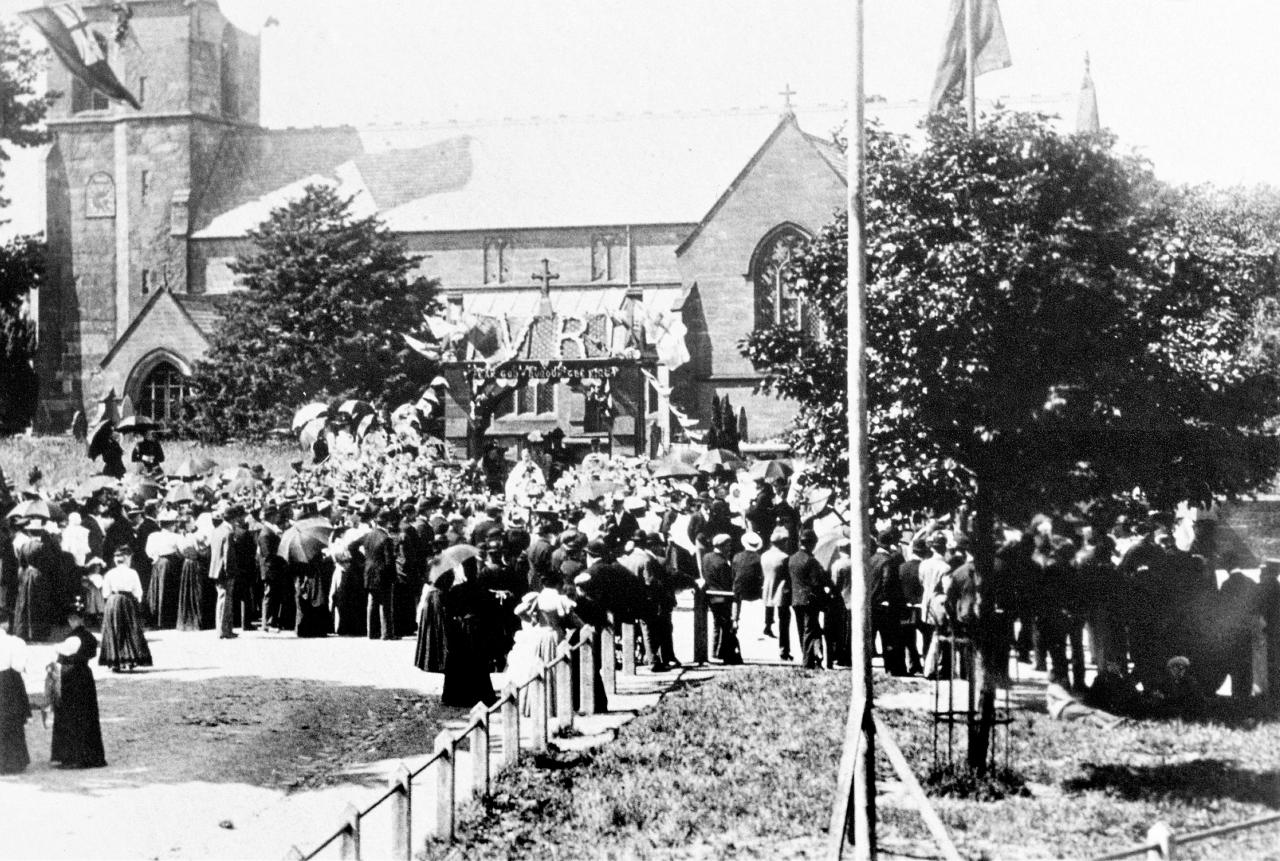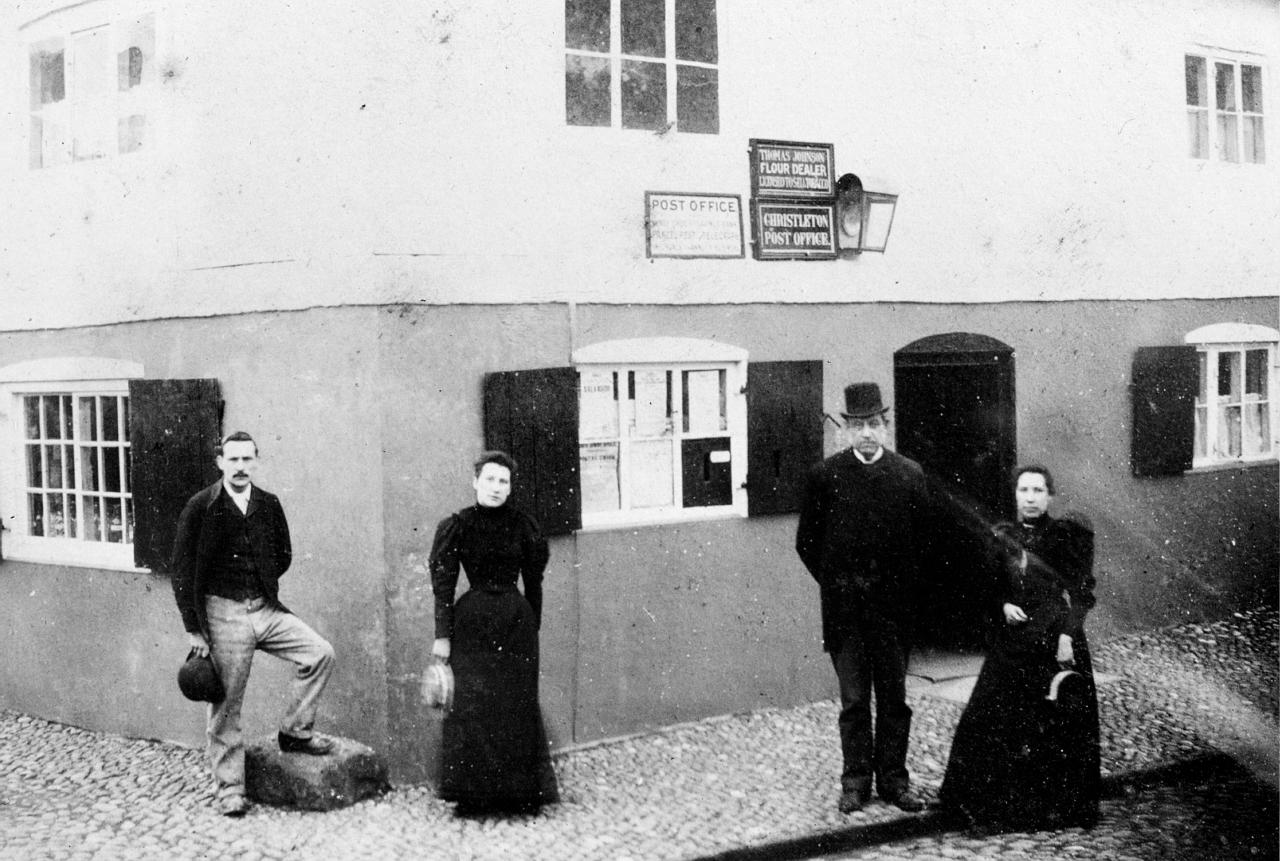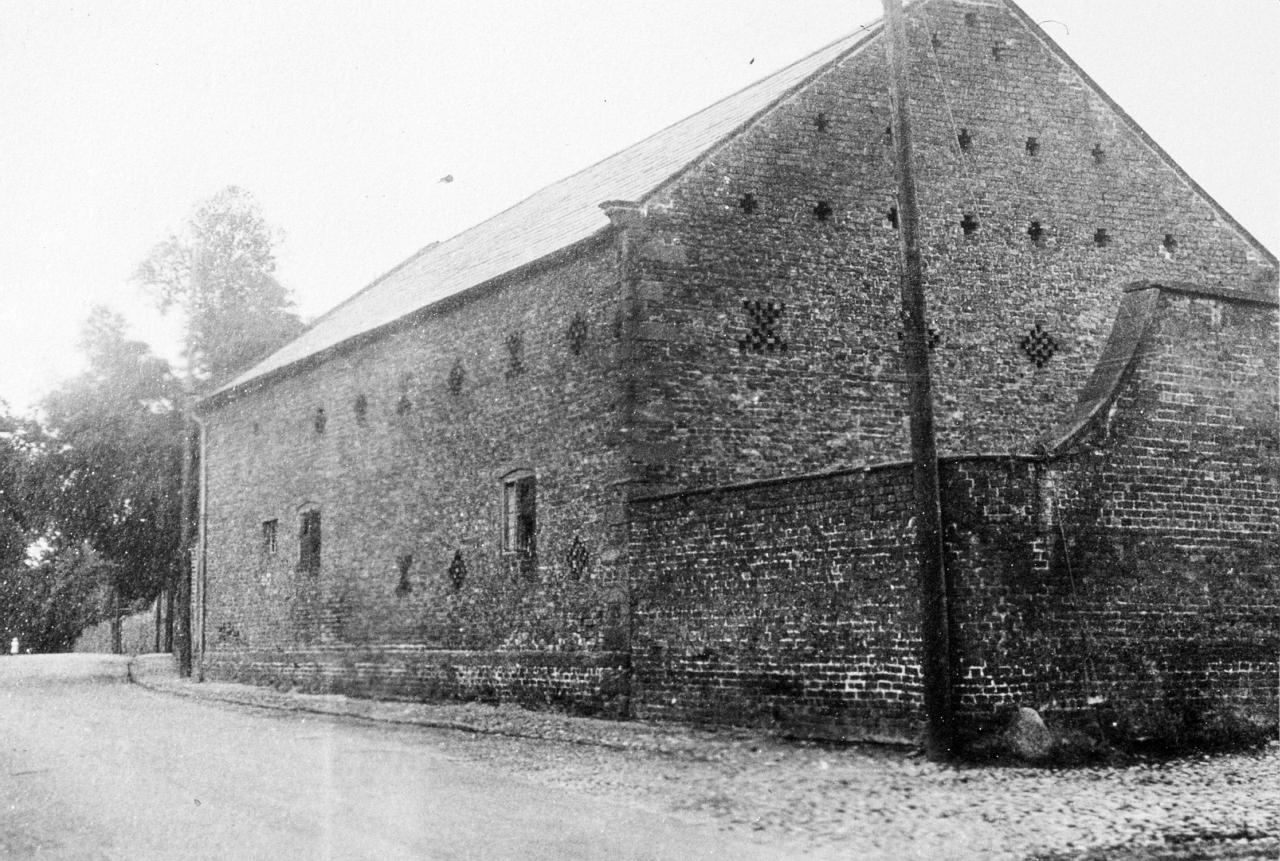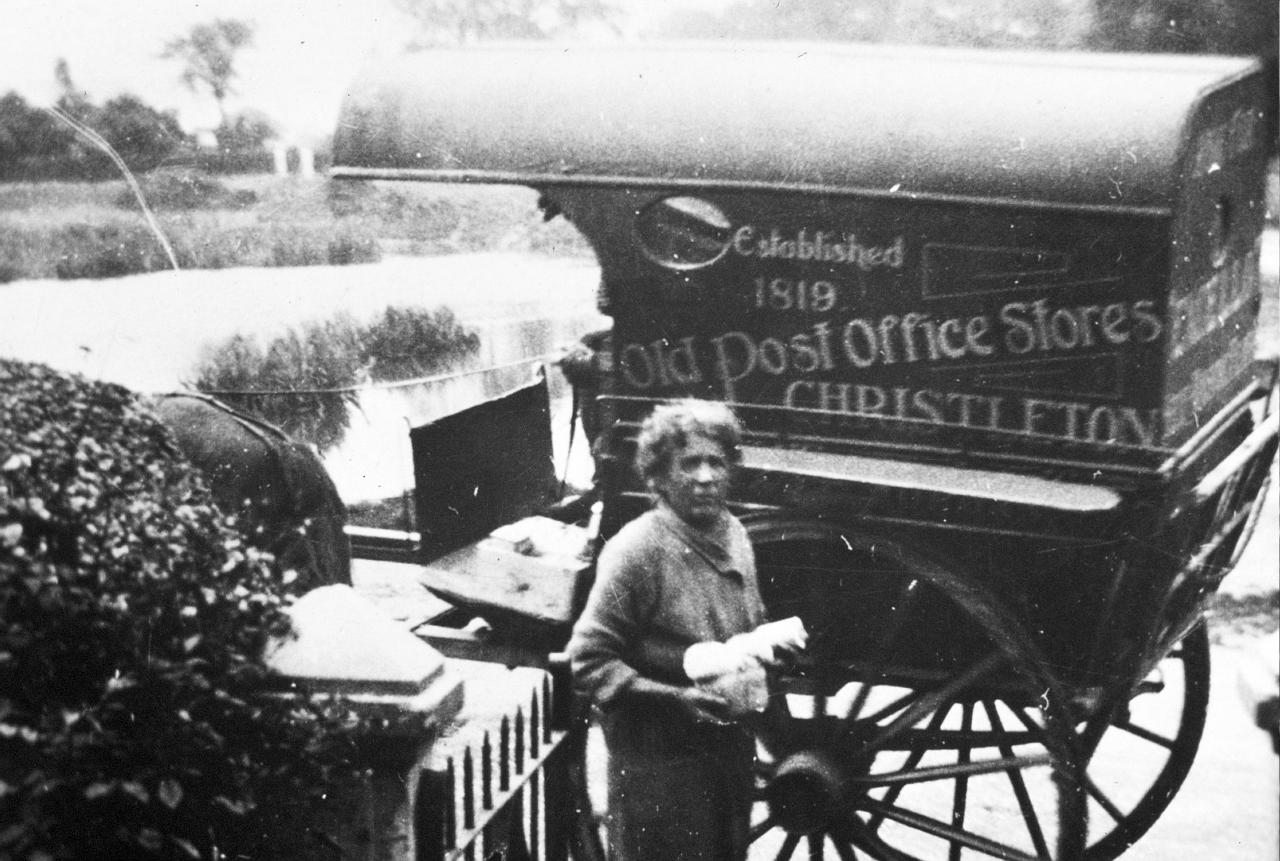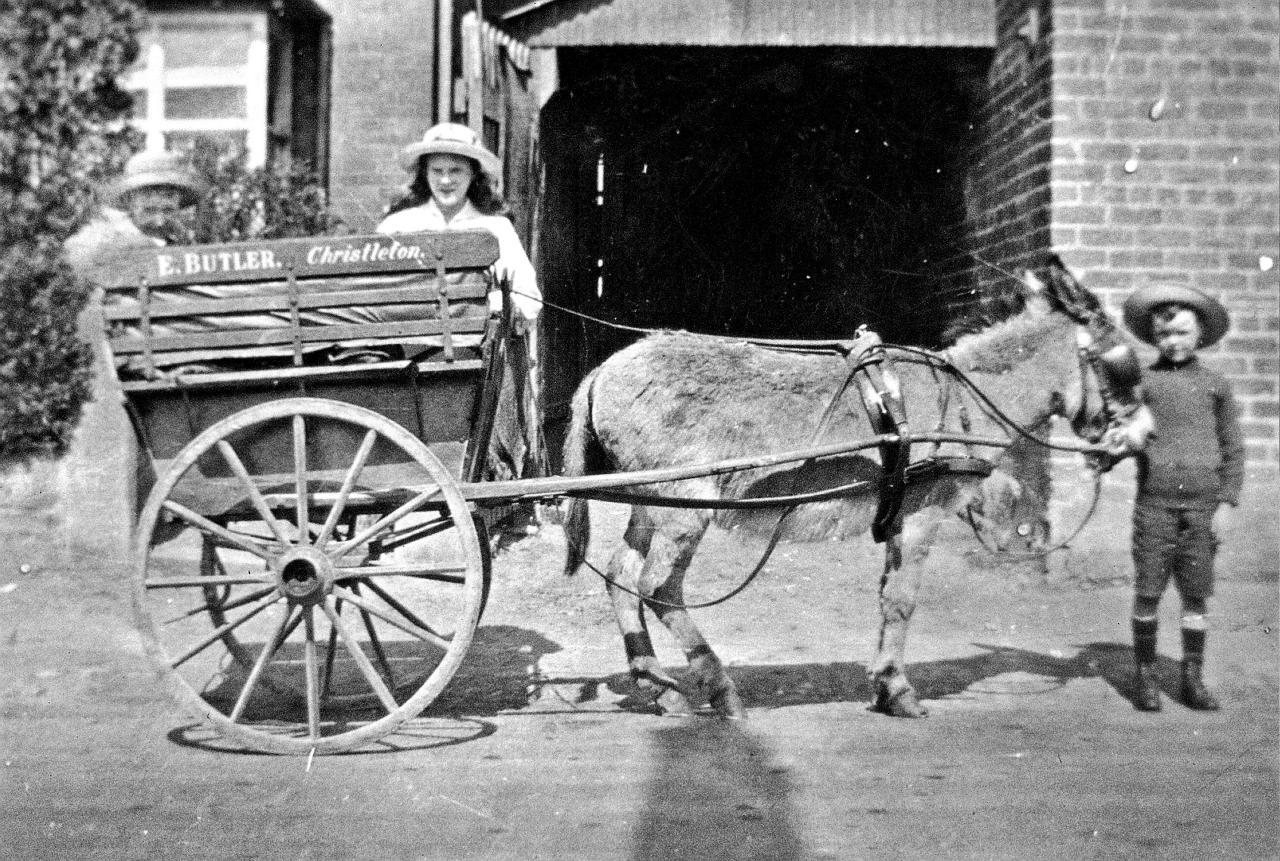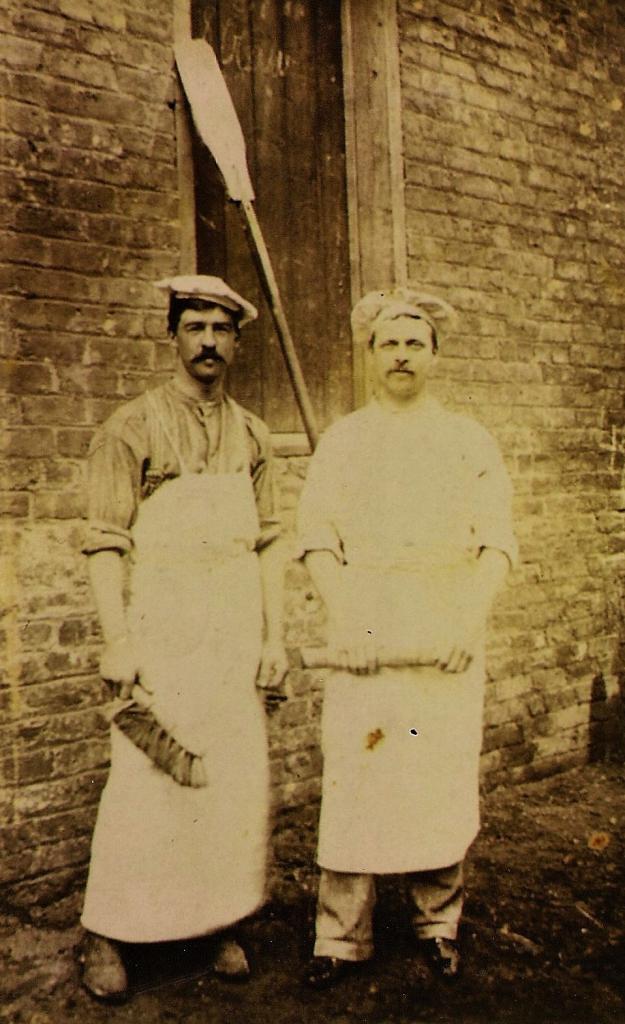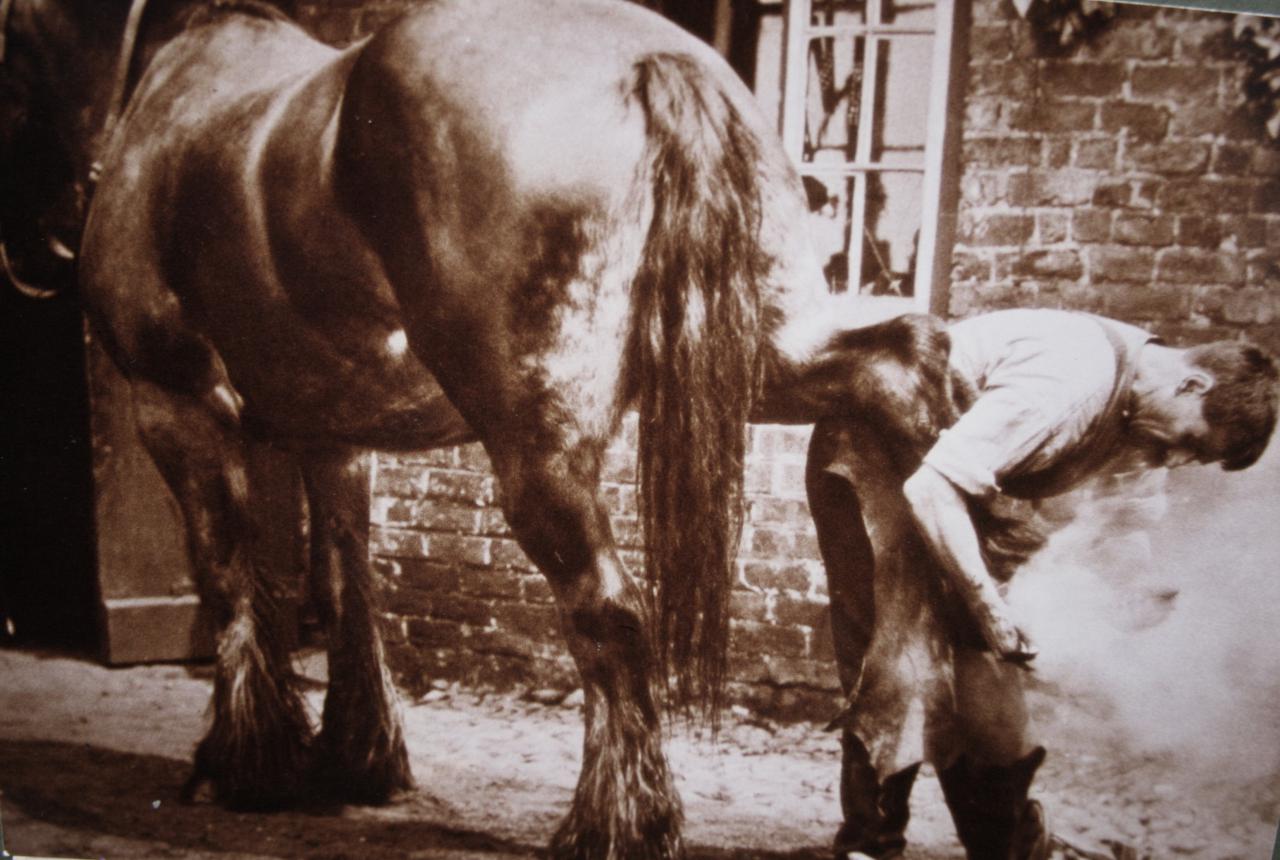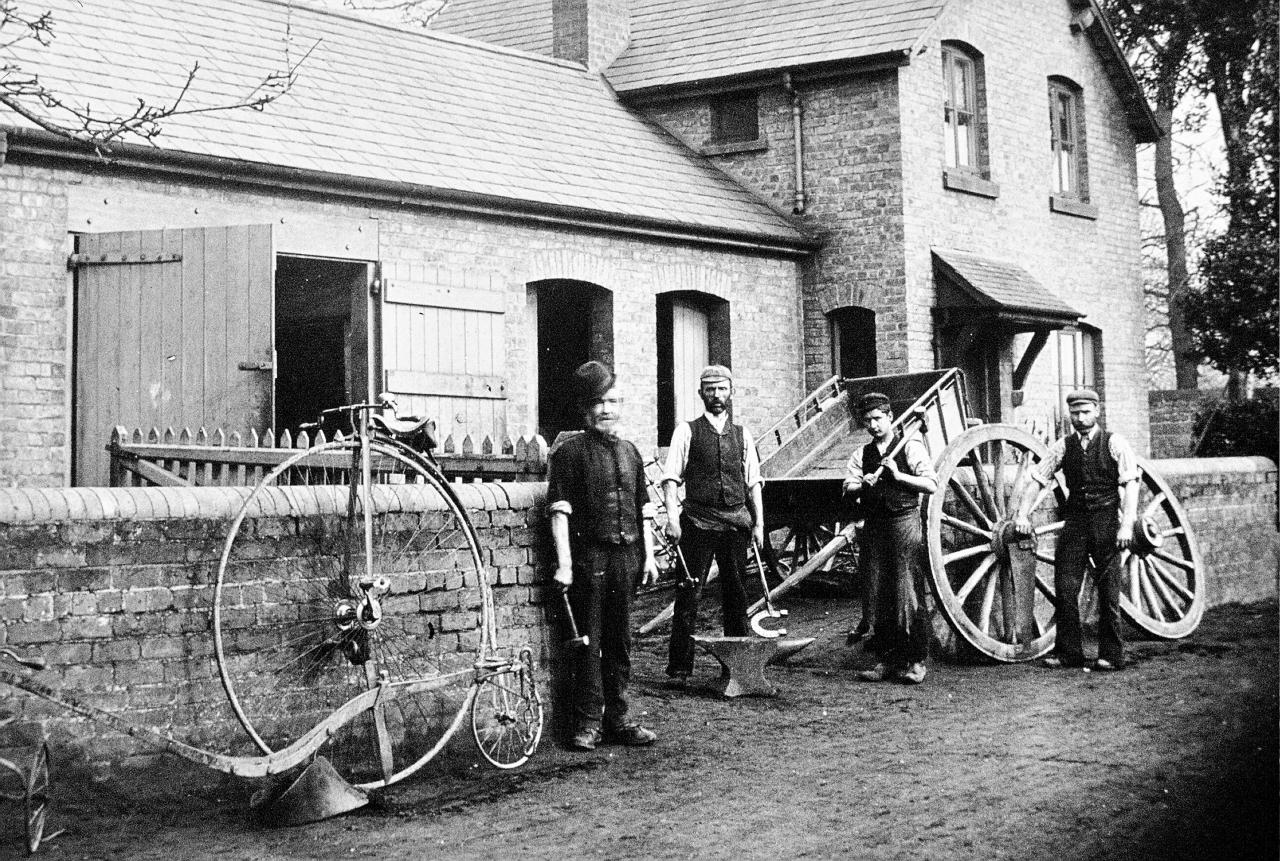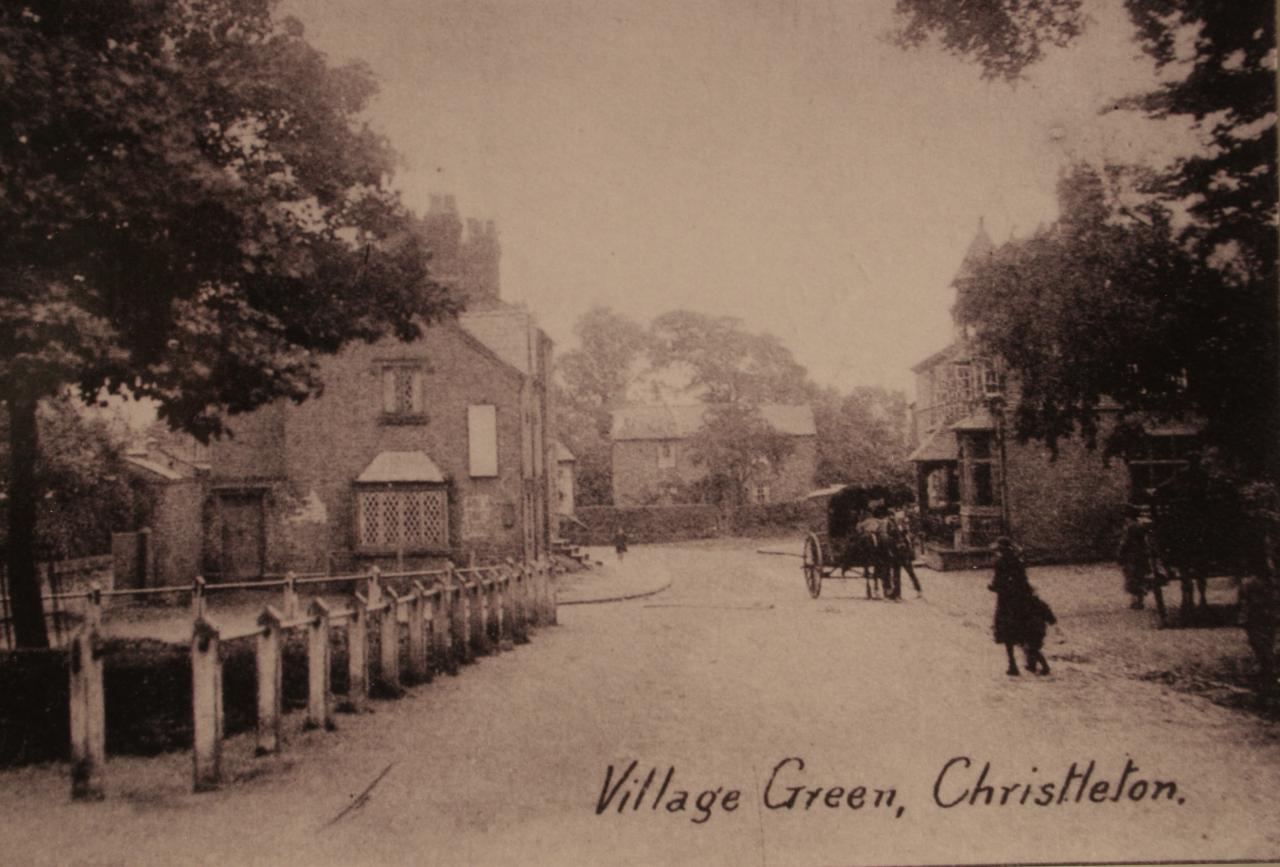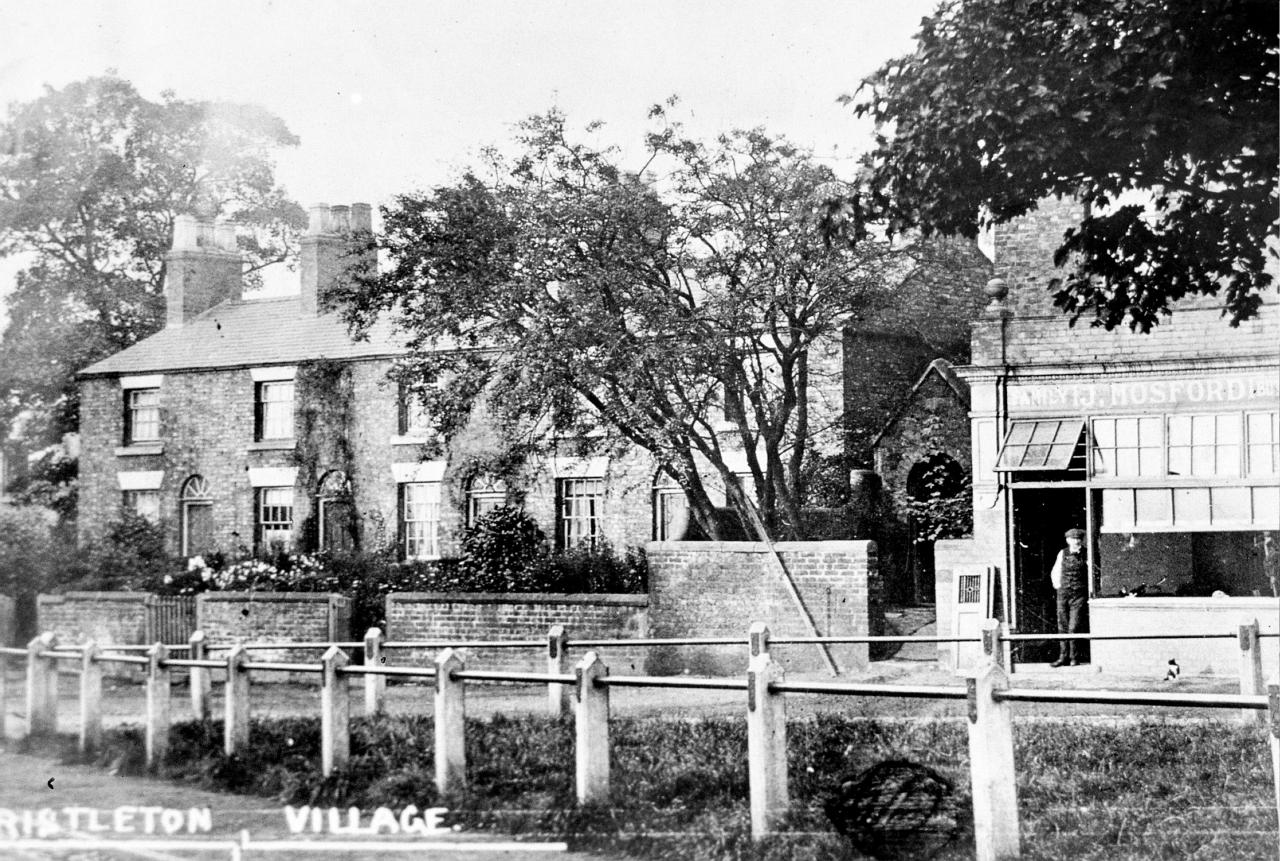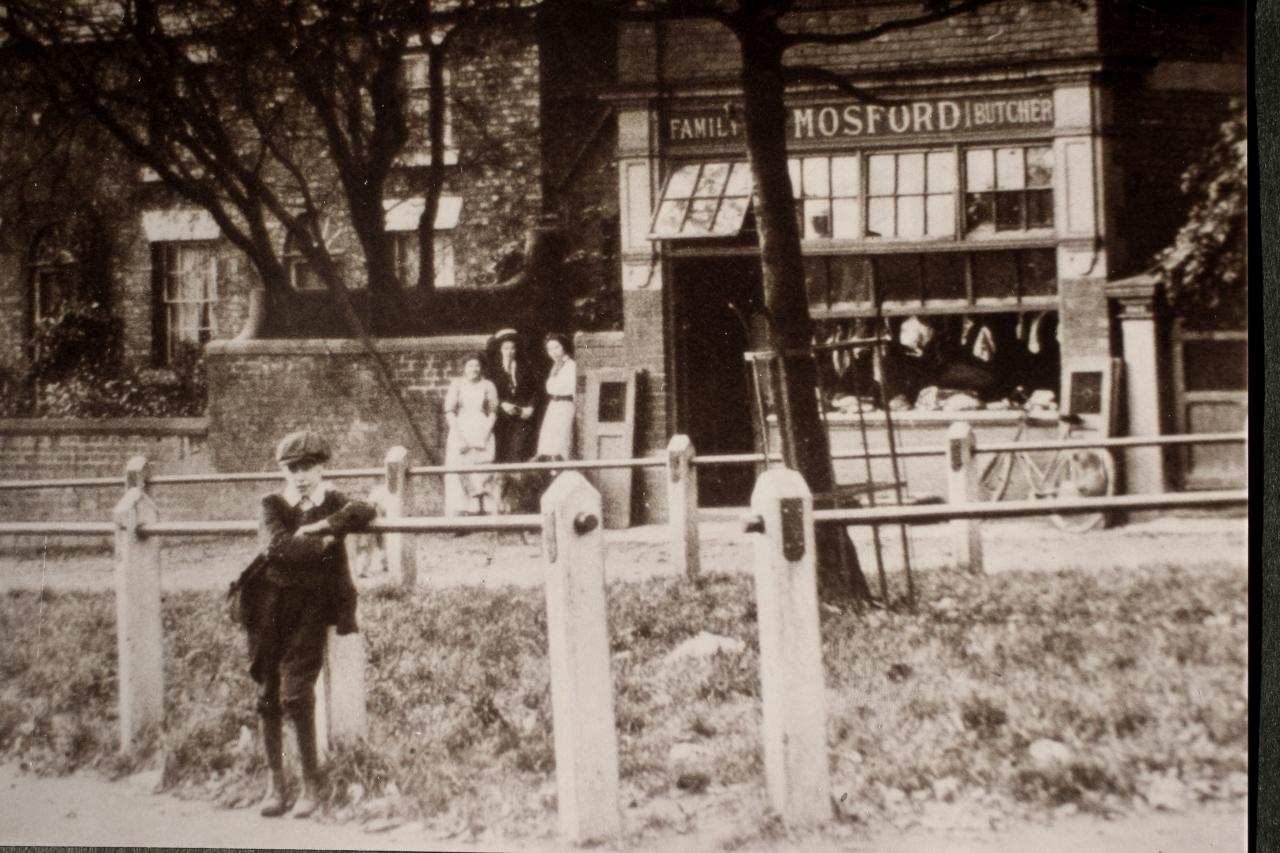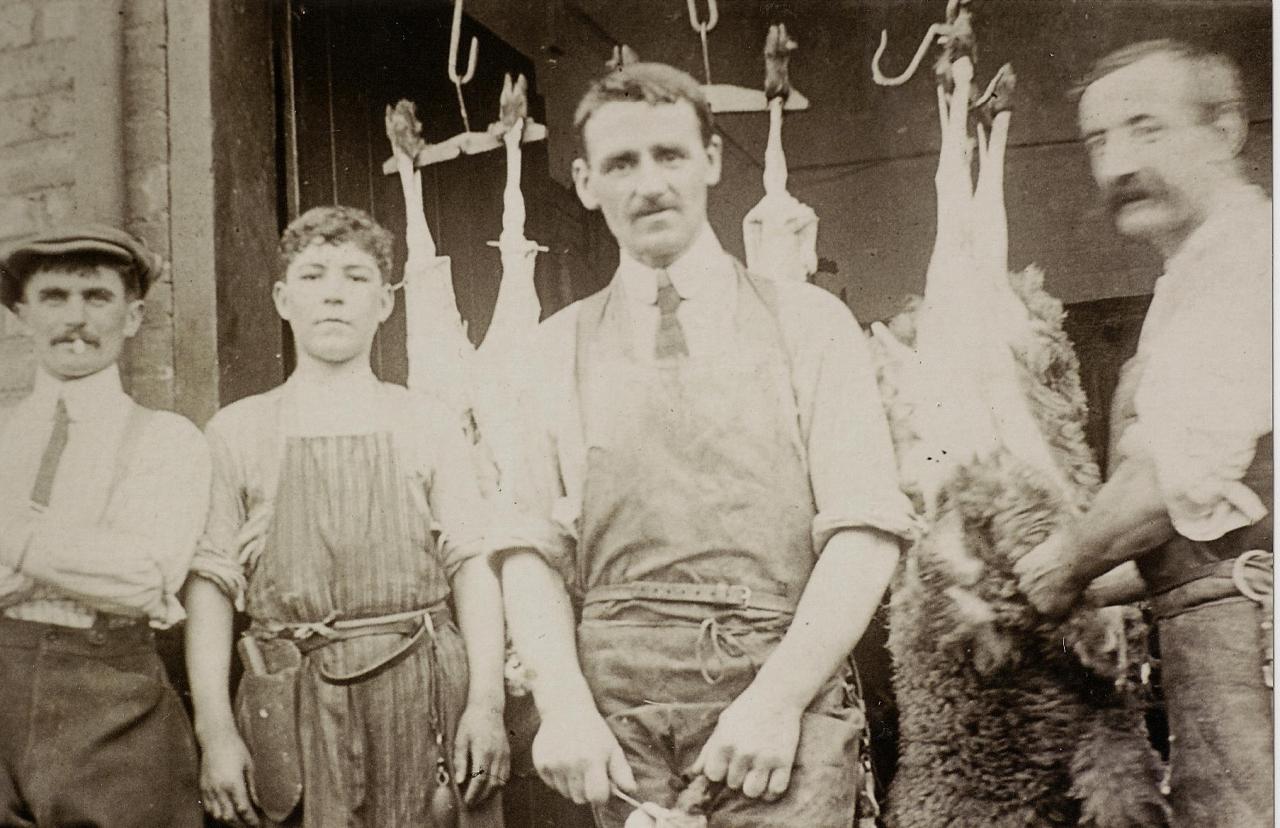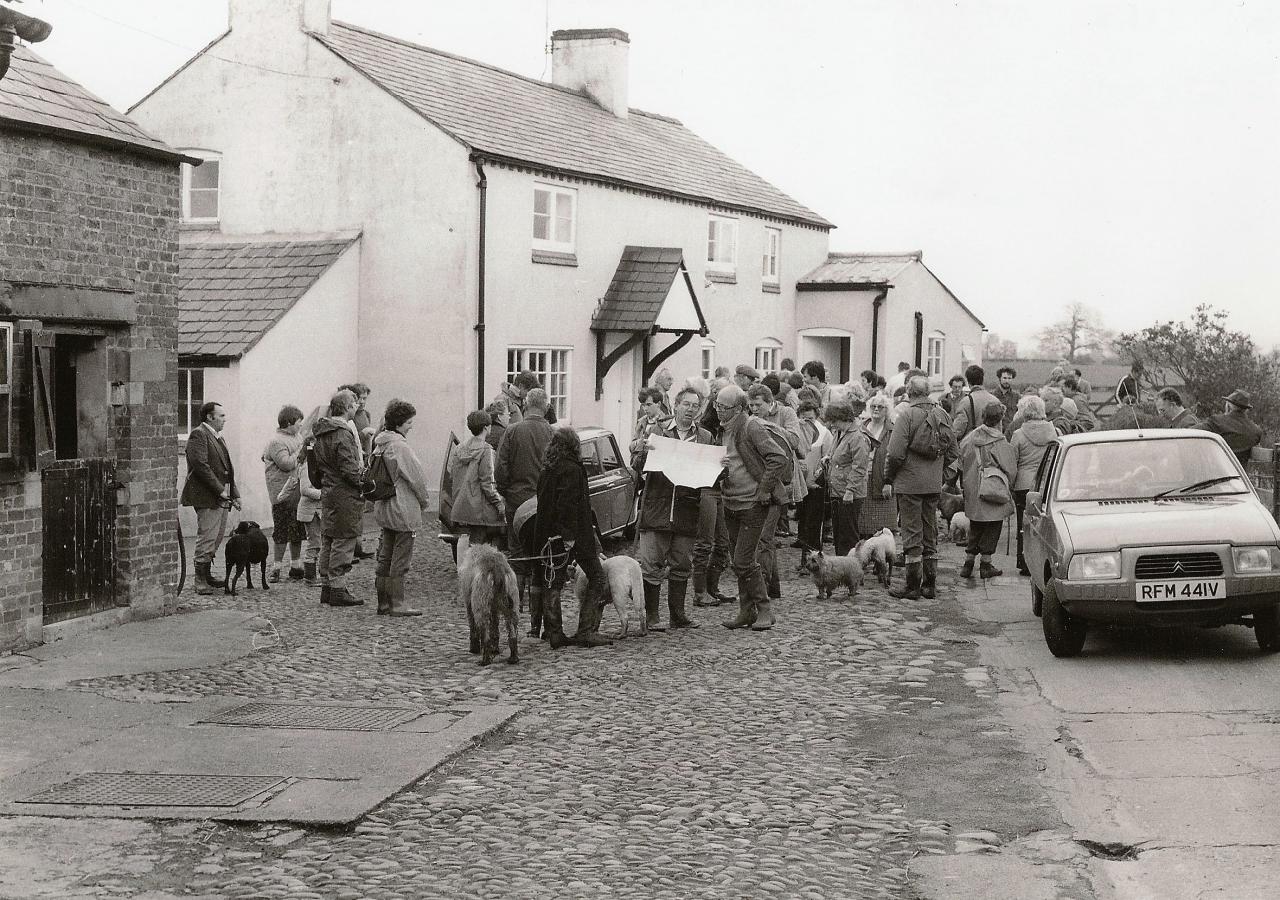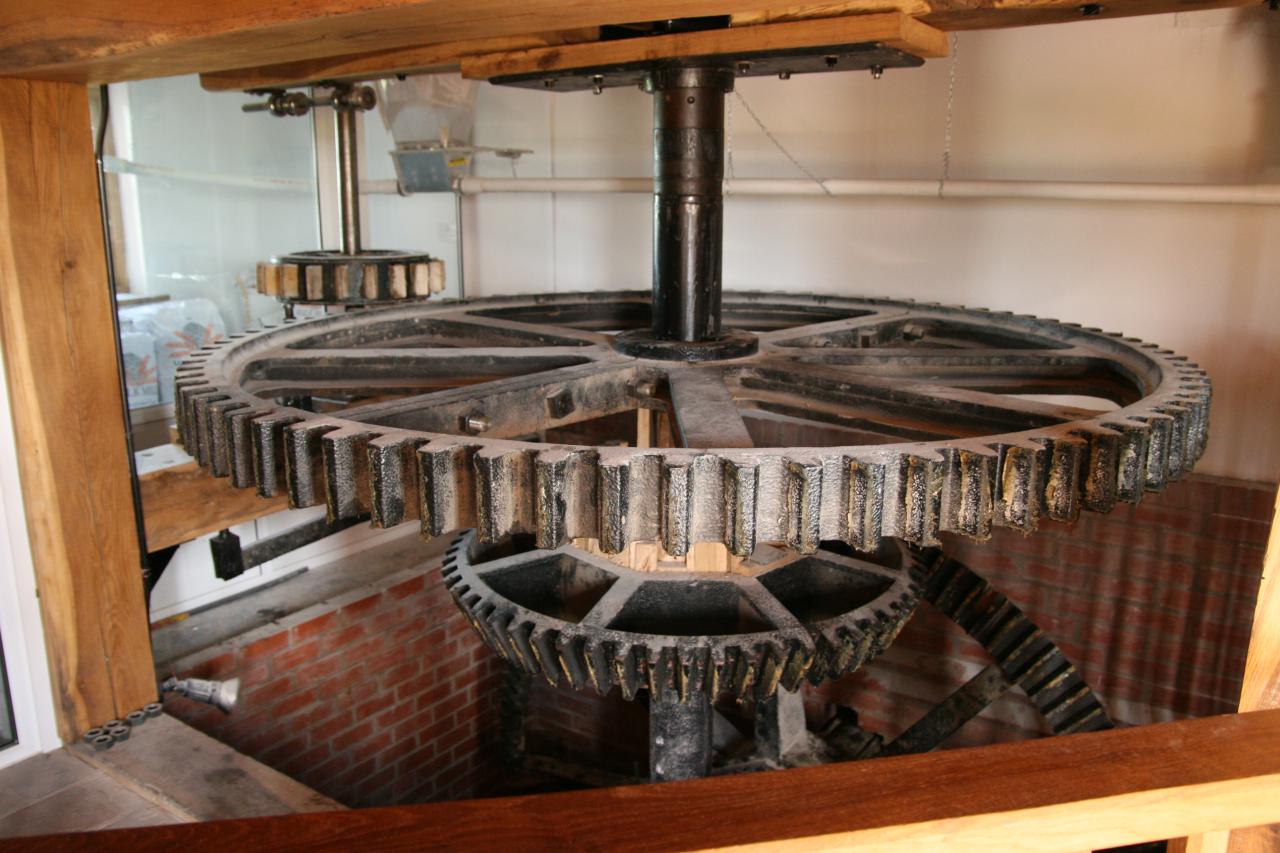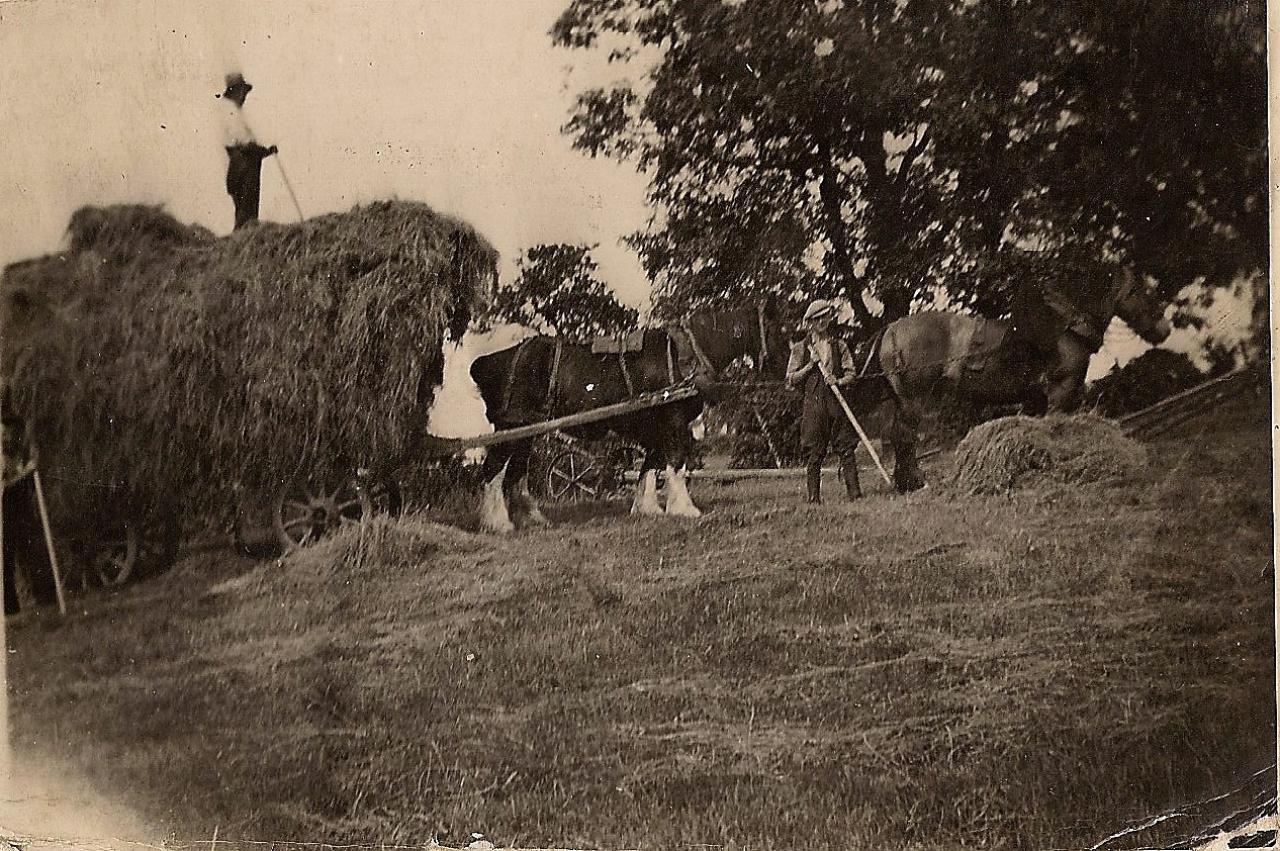
MAY - 2022
Reminiscences Part 2
Stories told by Parishioners in the 1970’s
Several of those interviewed remembered the various village industries. There were two blacksmith’s and two wheelwrights. Children were very fond of watching the iron hoops being heated in the wood fires until red hot and then being shrunk on to the wheels and held in position by studs. There were also two bakehouses, where folk, having made their own dough, took it to be baked, and had their initials forked on each loaf. On Good Fridays people would queue up for hot cross buns. Wheat was taken to Stamford Mill. In a bad year the coarse flour was as “brown as an oak table”.
The two village slaughter houses seem to have been remembered by everyone; probably with horror. One that was later moved up “Little Heath Road” was broken into by some boys, who were soon in trouble with the owner, Mr Joe Mosford, who threw “blood and fat” at them. Joe seems to have been feared by many at the time. On one occasion while “under the influence” it is said he drove his pony and trap into the canal, and was also in the habit of inciting school boys to fight each other. Many tales are told of Mr Mosford the butcher and no doubt many of them are exaggerated but one of those interviewed recalled a rhyme that children used to sing which went;-
“There is a happy land not far away Where Joe Mosford kills pigs three times a day How pigs run when Joe Mosford comes Three slices off their bums three times a day."
Butchery was a cruel business in those days. Pigs were killed by being strung up and having their throats cut, while cattle were killed by being hot on the head with a pole axe. Not all of the tales about Joe Mosford are so unkind however. At least one of those interviewed remembered the gift of a leg of mutton. This was hoisted to the top of a greasy pole set up on the Village Green. It took a long time before it was eventually taken by a boy dressed in his old clothes and helped by liberal applications of sand and gravel. The contest caused great amusement in the village at that time and (perhaps) no one laughed louder than Joe Mosford.
On 1st June 1846 Catherine Faulkner (nee Broster) was born at the farm in Rowton known as Claypits. At sometime in the 1920’s she recorded reminiscences of her early life, and these are given here just as she told them.
“Home life in my youth was far different from what it is today. Everyone had their allotted task and I remember on my sister and I finishing school, one maid was dispensed with and we had our alternate weeks to take on the house and kitchen work, the latter including cheese making and cooking. Grandmother was lived with us, was blind for the last seven years of her life and died at the age of eighty four. During her blindness she insisted on hemming the cheese cloths and knitting stockings, and in her early years she was noted as being a clever spinner. She had four daughters and each one, on leaving home to be married, was given sufficient homespun household articles to last a lifetime. I have in my possession a tablecloth and bed tick and other articles of her spinning. I have spent many hours in the long evenings at the quilting frame, a wooden structure on which the quilt lining was pegged to prevent it sagging and which then had to be stitched together. We always made our feather beds from the geese and poultry we killed and when a special one had to be made, the down had to be stripped from the feathers by hand.
We grew our own corn which was sent to the mill to be ground, and all the bread for the house was made from it and baked in a brick oven. We fattened our own pigs and had plenty of bacon and ham in store. We used to buy a forequarter of beef which was put in a good pickle and used as wanted. Fresh beef in those days was hard to obtain. We also brewed our own beer, It was made in two grades, the weaker being used for ordinary purposes and the stronger kept for special visitors. I remember my mother saying that in her day they could only have tea on Sundays and washing days, as it was then half a guinea a pound.
I had three sisters and one brother and we all lived at home until we were married. We had a maid called Mary who was with us for thirty years and we used to play jokes on her. She was always wishing for ear rings and wanted her ears piercing, so I got a stocking needle and worsted, and when one had been completed she insisted on the other being done. She suffered for this afterwards and so did I, from my mother”.
Reference:
Christleton. The History of a Cheshire Village
First published. Christleton Local History Group in 1979
TO BE CONTINUED

LISTEN TO RYAN INSTEAD OF READING THE ARTICLE

-

Joe's Greasy Pole at Christleton Jubilee Celebrations 1897
-

The Old Post Office and Bakery in Pepper Street Christleton
-

Barm in Pepper Street Christleton
-

Doros Morgan with her Bread Cart
-

Butler's Mill Brad Cart Christleton
-

Bakers at Butler's Mill Bakery, Christleton
-

Mr. Fleet the Christleton Blacksmith and Wheelwright
-

Blacksmith;s Fiorge on Plough Lane Christleton
-

Christleton Village Centre in 1907
-

Christleton Village Green in 1907
-

Mosford's Butchers in Chrisleton Village
-

Joe Mosford (centre) Tom Broster (right) killed in Galliloli
-

Beating the Bounds in 1983 at Stamford Mill
-

Milling Machinery
-

Haymaking in Christleton
